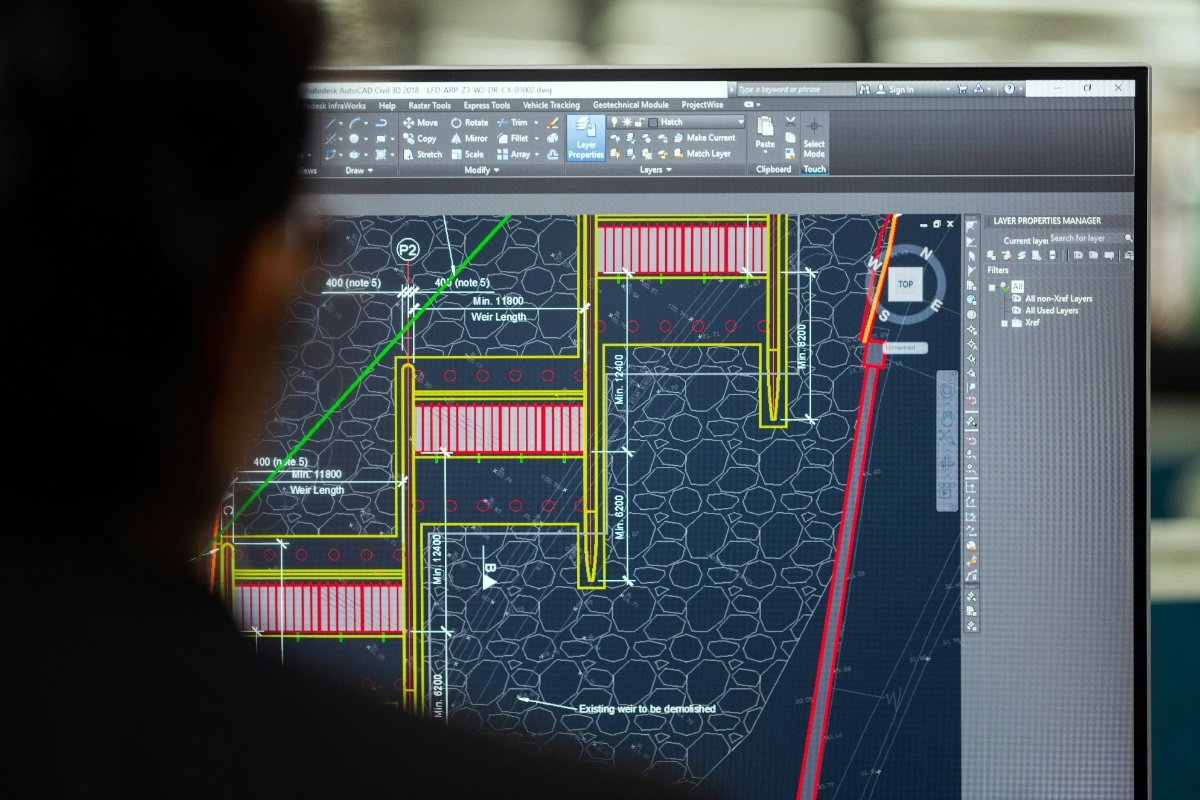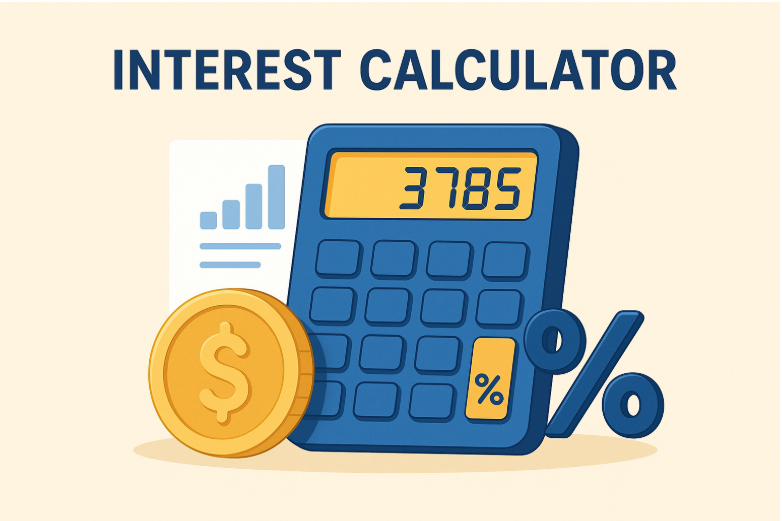
In an age dominated by screens and constant connectivity, many are turning to the practice of Digital Detox: Reclaiming Balance in a Hyperconnected World as a means of restoring well-being. This detox isn’t about rejecting technology, but about creating healthier boundaries with it. Digital overload has crept into every aspect of life, impacting mental clarity and social relationships. With conscious steps, balance can be restored, and peace rediscovered in a tech-heavy world.
Technology has made life more convenient but also more cluttered. Constant pings and alerts disturb concentration and inner calm. It becomes harder to think deeply or stay present in the moment. People feel burned out yet strangely addicted to the devices that cause the stress. Taking a digital break offers relief and clarity. It gives the brain space to recharge and the soul room to breathe.
Digital fatigue often shows up as sleep troubles or inability to focus. Other signs include anxiety when not checking devices or compulsive scrolling habits. The mind remains wired and restless. Relationships may suffer when screen time replaces real conversations. Productivity may drop as multitasking interrupts deep focus. Recognizing these signs is the first step to initiating change. Awareness brings the power to act.
A key to digital detox is defining personal screen limits. This might mean no phones at meals or switching off work notifications after hours. Clear lines help protect mental space. Tech-free zones at home or specific screen-off hours each day can be established. These habits reduce digital intrusion and create better control. Boundaries make space for real-life experiences to thrive again.
Nature provides a soothing contrast to digital life. Stepping outdoors, away from screens, engages the senses and calms the mind. Green spaces restore focus and emotional balance. Time in nature reduces stress and promotes mindfulness. Walking through trees or simply sitting in a park is deeply healing. A digital detox is greatly enhanced by immersing in natural environments regularly.
Mindfulness can transform how devices are used. Instead of mindless scrolling, attention is brought to each digital action. Ask why you`re reaching for the phone. Is it boredom or habit? Being aware of tech triggers helps reduce unnecessary use. Practicing mindful usage increases intentional engagement. It encourages choosing moments that truly matter over compulsive online behavior.
One of the joys of digital detox is rediscovering offline interests. Reading physical books, drawing, playing instruments, or gardening bring rich satisfaction. These hobbies improve focus and emotional well-being. Offline activities foster creativity and reduce stress. They offer grounding experiences away from screens. A balanced life includes both the digital and the physical world.
Screens can weaken real-life bonds. A digital detox helps revive meaningful conversations and eye contact. Being present strengthens emotional intimacy and empathy. Spending time with friends or family without distractions deepens relationships. People feel heard and valued. These moments of genuine connection are key to emotional wellness and social satisfaction.
Regular detox routines build consistency and sustainability. Designate weekly unplug hours or full-day breaks from devices. Even short pauses refresh the mind. Morning and bedtime routines can be screen-free. This anchors the day with clarity. Having structured detox times reduces guilt and confusion. Routines create long-term benefits for mental clarity and emotional balance.
A digital detox improves concentration and memory. It decreases anxiety levels and boosts emotional regulation. Mental fog lifts when distractions are reduced. People feel more energized and clear-headed. Mood and sleep improve significantly. Reduced comparison from social media also enhances self-esteem. The mind functions better when given space to slow down and reset.
Digital detox helps people reclaim hours lost to scrolling. That time can be redirected to purposeful goals. Focus becomes sharper and tasks are completed more efficiently. Without constant pings, the brain enters deeper work modes. This results in greater satisfaction and productivity. Time feels more abundant and fulfilling. Attention becomes a tool for growth, not distraction.
Workplaces can support digital well-being by promoting tech balance. Encourage offline meetings or deep work hours with no emails. Normalize setting communication boundaries. Promote employee wellness by respecting off-time. A balanced tech culture improves morale and output. Organizations benefit when teams are mentally present and less digitally drained.
A one-time detox isn’t enough if habits aren’t changed. Sustainable tech use requires ongoing reflection and adjustment. Regular digital audits help stay mindful. Replace scrolling with reading or walks. Keep notifications off for less stress. Make digital detox a lifestyle, not a moment. The key is finding what balance looks like for you.
This post has been published by the admin of our website, responsible for content management, quality checks, and providing valuable information to our users.






